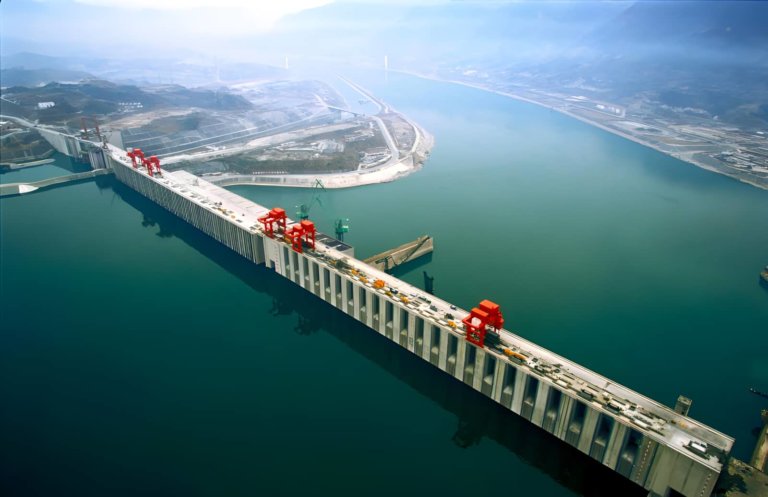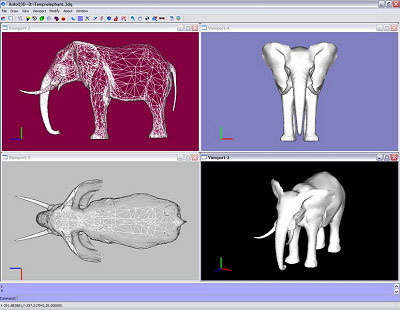The Tren Maya, a $27.2 billion rail project is being completed in Mexico’s Yucatan Peninsula, is a remarkable endeavor that connects the region’s tourist destinations and stimulates economic development. The project, which started operations at the end of 2023, spans over 1,500 kilometers and passes through five states, including Quintana Roo, Yucatan, Campeche, Tabasco, and Chiapas. From an engineering perspective, the construction of the Tren Maya was a complex undertaking that required innovative solutions and advanced technology.
The Tren Maya is a passenger and freight train that operates at speeds of up to 160 kilometers per hour. The project includes the construction of 20 stations and docents of bridges and tunnels. The train is powered by electricity and has a capacity of 3,200 passengers per trip. The trains are designed to be energy-efficient and environmentally friendly, with regenerative braking systems and LED lighting.
Unique Challenges
The construction of the Tren Maya presented several unique challenges that required specialized engineering expertise. One of the most significant challenges was the terrain itself. The Yucatan Peninsula is characterized by its karst topography, which is made up of porous limestone that is prone to sinkholes and subterranean rivers. This made the soil unstable and unsuitable for traditional construction methods. To overcome this challenge, engineers used a combination of geotechnical engineering and advanced foundation systems, such as piles and anchor blocks, to ensure the stability of the tracks.
Another challenge was the preservation of the region’s natural and cultural heritage. The Tren Maya passes through several protected areas, including the Calakmul Biosphere Reserve and the Sian Ka’an Biosphere Reserve. Engineers worked closely with environmental and archaeological experts to minimize the impact of construction on these sensitive areas. This included the use of low-impact construction methods, such as directional drilling and microtunneling, to avoid disturbing the soil and preserving the region’s unique flora and fauna.
The Boca del Cerro bridge
The Boca del Cerro bridge, a significant engineering achievement of the Tren Maya project, is located in southern Mexico, in the municipality of Tenosique, Tabasco, at the exit of the Usumacinta River Canyon, an area of extraordinary environmental value.
This new bridge has a double steel truss with double composite action (steel and concrete) and variable depth. It is embedded in two lateral compensation spans of prestressed concrete, with a central span of 160 meters that was constructed using incremental cantilevers. This method allowed for the structure to be built without riverbed support and minimizing the impact on the surrounding environment.
The bridge has a useful life of approximately one century, while the existing vehicular bridge has been rehabilitated to high standards to extend its useful life for at least three more decades. The construction of the new bridge required 2,200 tons of steel and 9,800 cubic meters of concrete. To support the construction of the bridge’s foundations, two crane towers were installed.
The project employed the use of mobile advance carriages and without barges, a type of mobile formwork, to construct the bridge’s concrete piers. This technique allowed for the efficient and safe construction of the bridge’s 30-meter-long concrete piers.
Importance for Mexico
The Tren Maya is more than just an engineering achievement; it is a strategic investment that has had a significant impact on Mexico’s economy and social development. The project created over 80,000 jobs during construction and will generate $16 billion in economic benefits over the first 20 years of operation. The train provides a more sustainable and efficient mode of transportation for tourists and locals alike, reducing traffic congestion and carbon emissions.
In addition, the Tren Maya is helping to promote cultural exchange and preserve the region’s rich history and heritage. The train connects several Mayan archaeological sites, such as Chichen Itza, Tulum, and Palenque, making it easier for tourists to visit these iconic destinations. The project has also included the development of new tourist attractions, such as eco-parks and museums, that showcase the region’s natural and cultural treasures.


